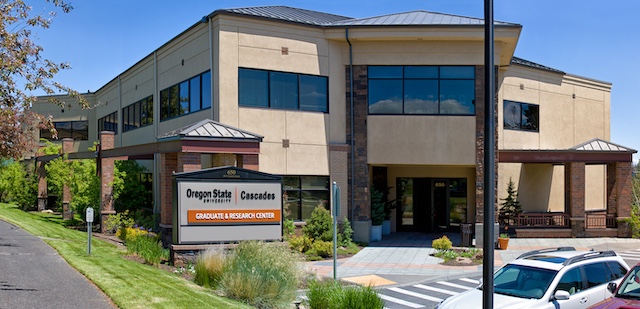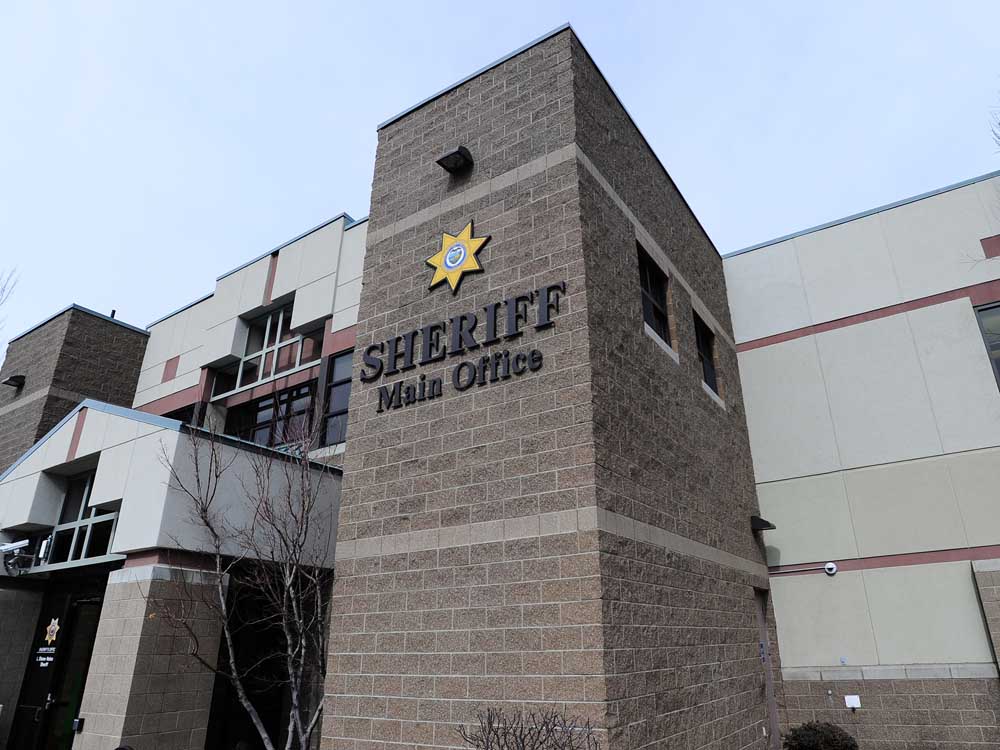The Rise of E-Learning
Published 12:00 am Saturday, September 12, 2015

- The Rise of E-Learning
Twenty-four years ago the internet became public and changed everyone’s lives forever. The wealth of information shared, through websites and emails, has grown exponentially ever since. While businesses have used the internet to market their companies from the beginning, online educational benefits are beginning to take shape.
The rise of online learning, or e-learning, helps fill in the knowledge gaps of all students, young and old. Adults looking to add personal and professional skills go to YouTube to learn how to play songs, or visit online media companies such as Bend-based Choose Growth for curated content from experts in all industries. But, the true beneficiaries of e-learning are the children, who are using the internet to complete their education in full or part.
Trending
“Online learning is an obvious component of education now,” said Christie McCormick, program coordinator for Bend La Pine Schools Online. “The online model makes us rethink what school is.”
Bend-La Pine Schools has seen exponential growth in its online component since it began to offer the programming a decade ago. However, in response to demand for more online options, the district aggressively expanded its online programs in 2012 to meet the educational needs of every student. Its online component, Bend-La Pine Schools Online, works with online content from Fuel Education to provide e-learning to district students. Although legally Bend-La Pine Schools Online is allowed to take any child within the state of Oregon, for now it only serves students in the Central Oregon region.
Bend-La Pine Schools Online is made up of a staff of six, all with classroom experience. Included in the program is remote teacher Tanya Everts, who holds face-to-face workshops three times a week with students as well as home visits if needed. Everts was brought on to ensure children using the online program, especially at lower grade levels, are meeting educational goals.
“It is our job to make sure the online education matches the rigor of classroom learning,” said Tres Tyvand, student services coordinator for Bend-La Pine Schools Online. “We offer excellent content backed by our support.”
Bend-La Pine Schools Online is divided into three parts: Pre-K, K-5 and 6-12. Students are allowed to take anywhere from one to all of their classes online, setting up a selection that is tailored to their needs. Successfully piloted two years ago, the Embark Pre-K section is the only part that charges parents — $240 for materials. Additionally, if a student gets injured during the school year, HEAL, or homebound educational alternative learning, works with Bend-La Pine teachers to ensure kids are able to seamlessly re-enter the classroom once they are ready.
Last year, 3,000 students, or 20% of the district, enrolled in Bend-La Pine Schools Online. Administrators expect at least that same number to enroll this year. The bulk of those enrolled are high school students taking one or two classes to supplement their classroom education. In addition, as of last year, any teacher within the district can use part of the online curriculum for their classroom studies.
Trending
“We are trying to create educated citizens who will continue to learn,” explained McCormick.
Students participate in e-learning for a variety of reasons. Some are looking for advanced classwork allowed through the course catalog expansion available online. Other students have outside opportunities, such as travel or employment, that limit their access to classroom learning. Another reason for e-learning is to retake failed classes through credit recovery. Many students don’t want to retake failed courses with younger kids, and this is a cost-effective method for the school district. Credit recovery, then, is a mutually beneficial option and about 300 high school students retook classes online during this past summer.
E-learning offers many benefits to families, but there are some challenges associated with it as well. First of all, there is a need for parent or caregiver involvement, as it is not just a plug-and-play program. While Fuel Education provides the content, and Bend-La Pine Schools provides the support, it is essential for parents or caregivers to act as learning coaches throughout the process. In addition, some children experience a social shock of not being surrounded by other kids for eight hours a day. Tyvand believes this is the reason part-time enrollment is growing.
Both Sisters School District and Crook County School District are following Bend-La Pine Schools’ lead and are offering online learning beginning this school year.
In addition to e-learning through school districts, online’s Khan Academy has been offering free educational content since 2006. Boasting more than 28,000,000 learners, Khan Academy offers video instruction and practice exercises in math, science, computer programming, history, art history, economics, and other subjects. They have even partnered with institutions like NASA and The Museum of Modern Art to offer specialized lessons.
For now, e-learning is most commonly used in conjunction with classroom training to fill in educational gaps. But, as its value and legitimacy as a full-time-education option become more widely recognized and accepted, its popularity and usage will inevitably grow. With that growth, however, comes a responsibility to also recognize that e-learning is most successful when combined with traditional human support.








